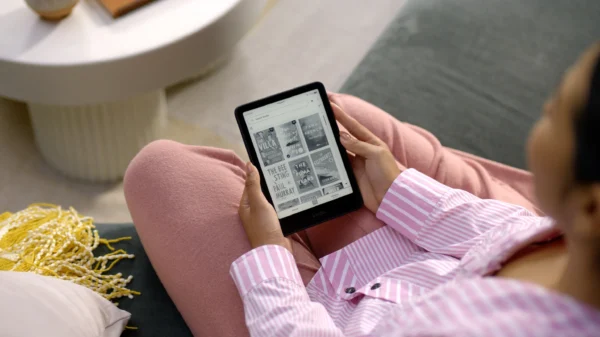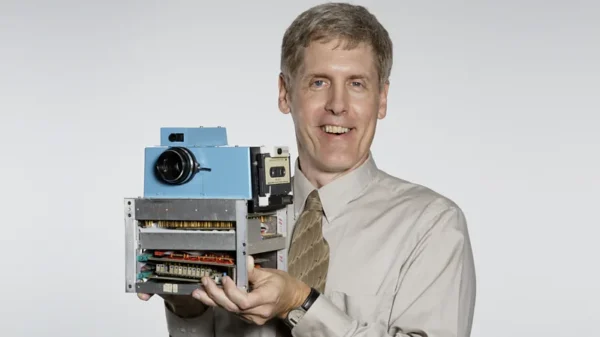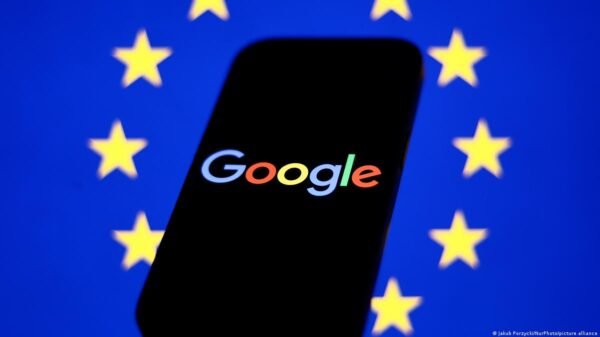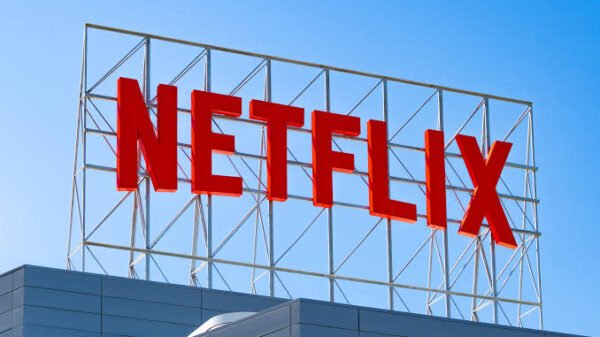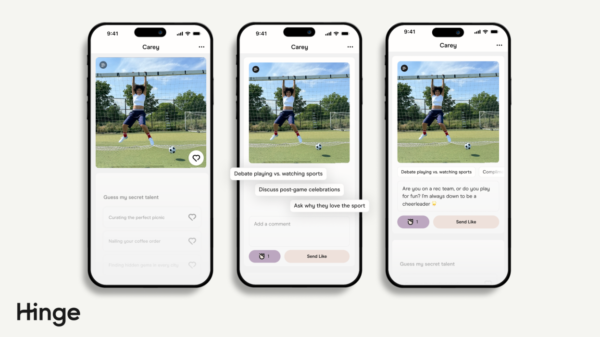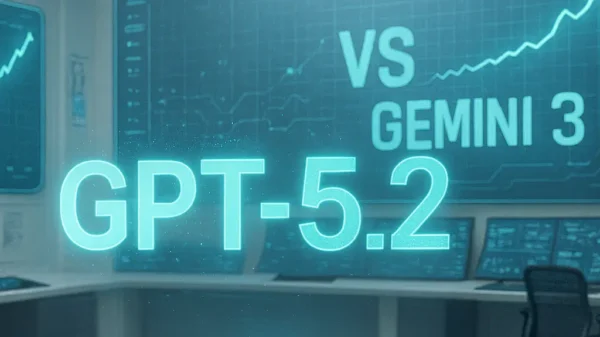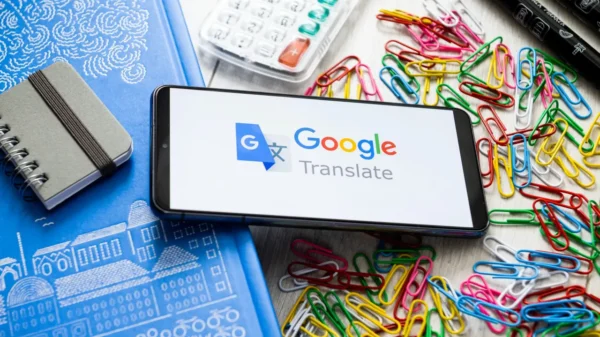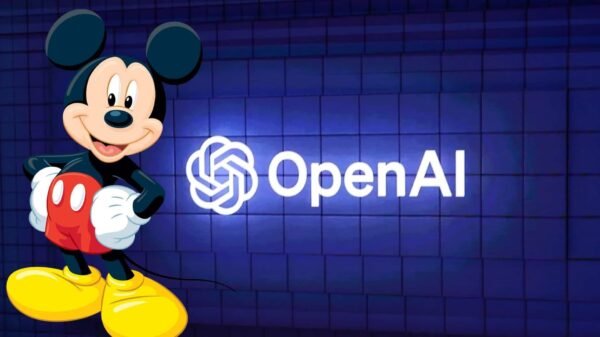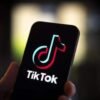According to a report from Recode, Apple is in talks with premium cable TV channels HBO, Showtime, and Starz to offer a bundle package. Apple currently offers all three of these channels for $15 a month, $11 a month, and $9 a month, respectively, but has not officially announced any plans to bundle these channels together. Although Recode’s report doesn’t mention the price Apple is considering for the bundle, offering all of these channels together may allow customers to access all three channels for a lower overall price. Additionally, if Apple were to pursue the path of bundling together channels for a single subscription fee, they would be more directly competing with traditional cable TV providers such as Time Warner Cable and Optimum.
It’s worth noting that rumors of Apple providing a bundled TV service are nothing new. According to BGR, rumors of this sort have been circulating for years, but, according to anonymous sources, Apple has continually been unable to secure arrangements with cable TV channels. As such, they have been beaten to the punch by other companies such as DirectTV, Comcast, and Google, who offer “skinny bundle” plans which include a small number of highly sought-after cable channels for a lower price than a complete TV package.
Although it’s not one of their most well-known products, Apple currently offers the Apple TV, which integrates with streaming video services like Hulu and Netflix, allows users to buy music, TV shows, and movies through iTunes, plays games, and streams content from iOS devices. However, many customers still see value in combining traditional cable TV packages with the Apple TV, as cable service providers offer hundreds of individual channels and are often combined with phone and internet service. However, as a result of the emergence of alternative means of consuming entertainment content over the internet, such as YouTube and Netflix, a growing number of people are “cutting the cord,” so to speak, and eliminating a subscription to cable TV from their lives altogether.
In addition to the Apple TV, Apple offers a TV app for their iOS devices, which is meant to integrate with cable TV providers and other video services to combine video content into one place. In reality, the TV app lacks access to many of the most popular cable companies and doesn’t integrate with Netflix or Amazon. It’s particularly difficult for Apple, a technology company that is interested in innovating in the entertainment industry, to partner with cable companies that, for reasons of preserving self-interest, may be unwilling to adapt to different methods of providing content.
By offering a skinny bundle that includes the most popular premium cable TV channels, Apple may be looking to capitalize on this trend. As the Apple TV is among the least popular of Apple’s hardware products, offering a skinny bundle that works with the Apple TV could entice customers to integrate the product into their entertainment consumption habits.
It’s worth noting that HBO already provides an alternative to a cable subscription in the form of HBO Now, a streaming service that works without a cable subscription and can display content on televisions, smartphones, computers, and tablets. One of the major advantages of using services like HBO Now, or Apple’s theoretical skinny bundle, is that it eliminates advertisements, which viewers may find distracting or irritating.
in order to gather relevancy in the TV industry, Apple will need to make major changes to their approach
One thing is for certain, however: in order to gather relevancy in the TV industry, Apple will need to make major changes to their approach. The Apple TV lacks some of the functionality of its competitors and has received a lukewarm reception from critics and consumers. While iTunes remains a viable means to purchase TV shows and movies, the industry is undergoing a gradual shift towards streaming services. In the face of growing competition from Google, Amazon, and other entertainment companies, Apple’s TV endeavors face potential extinction if the company fails to adapt.
Featured image via Wikimedia

